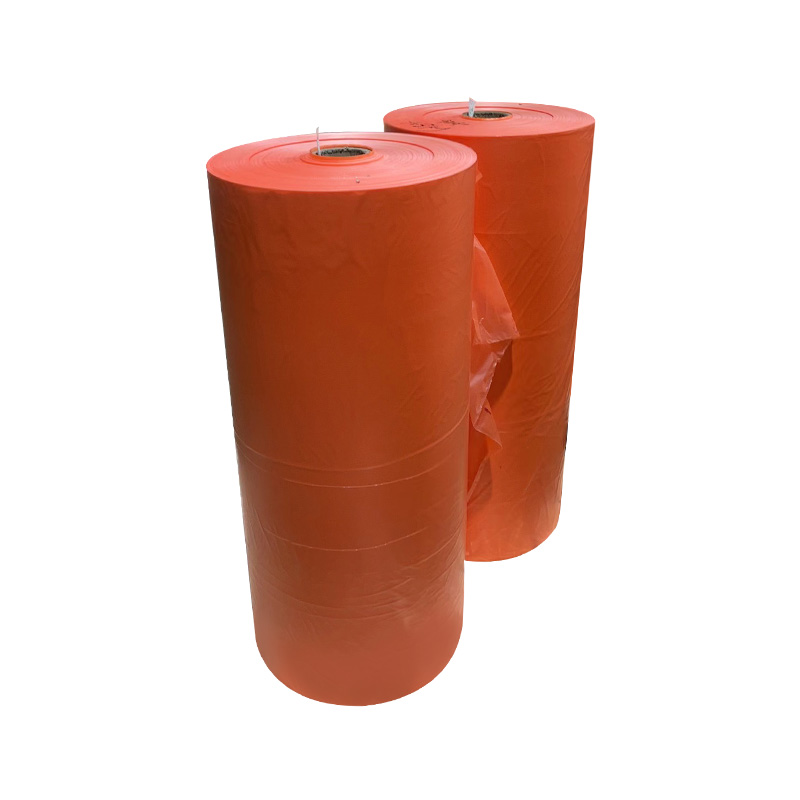The methods to enhance the temperature stability of PE heat shrinkable film typically include the following aspects:
Material selection: Selecting high-quality polyethylene raw materials is crucial in the production of PE heat shrinkable film. Different types of polyethylene have different thermal stability characteristics; for example, linear low-density polyethylene (LLDPE) generally exhibits better heat resistance than low-density polyethylene (LDPE). Additionally, manufacturers may add specific additives such as heat stabilizers and antioxidants to enhance the material's resistance to high temperatures.
Process optimization: The extrusion process for producing
PE heat shrinkable film involves controlling parameters such as extruder temperature, extrusion speed, and extrusion pressure. Adjusting these parameters ensures that the film material maintains consistent physical properties, including strength and thermal stability. Regular maintenance and calibration of production equipment are also essential for ensuring consistency and stability.

Addition of stabilizers: Adding stabilizers to polyethylene is a common method to improve its heat resistance and resistance to aging. Antioxidants and ultraviolet absorbers are commonly used stabilizers that prevent polyethylene from oxidation and degradation under high temperatures or prolonged exposure to UV radiation. Adding an appropriate amount of stabilizers can prolong the service life of PE heat shrinkable film and enhance its stability under various environmental conditions.
Reinforced layer structure design: PE heat shrinkable film with a multi-layer structure can enhance overall thermal stability and temperature resistance by incorporating different types of materials into different layers. Typically, antioxidants and UV absorbers are added to the outer layers to enhance their ability to withstand external environmental factors, while the inner layers maintain basic physical properties.
Production environment control: Controlling environmental conditions during production, particularly temperature and humidity, is crucial. Excessive extrusion temperature or unstable production environments may result in uneven material structure or internal stress, affecting its thermal stability and temperature resistance. Therefore, manufacturers typically implement strict temperature and humidity control measures in production workshops and regularly monitor and adjust production parameters to ensure consistent product quality and stability.
